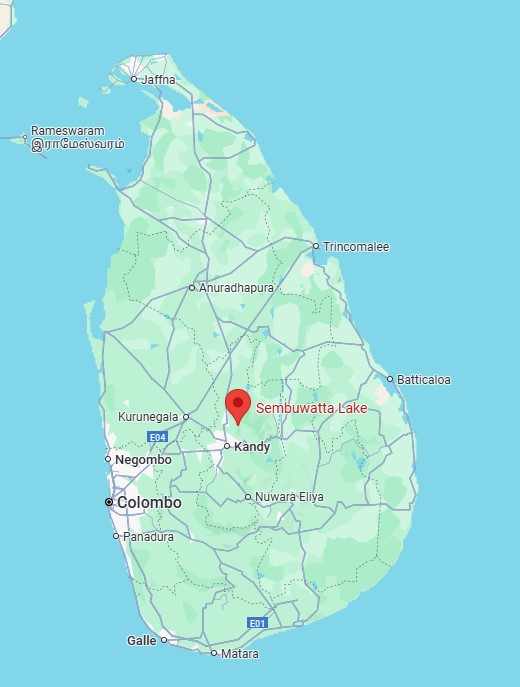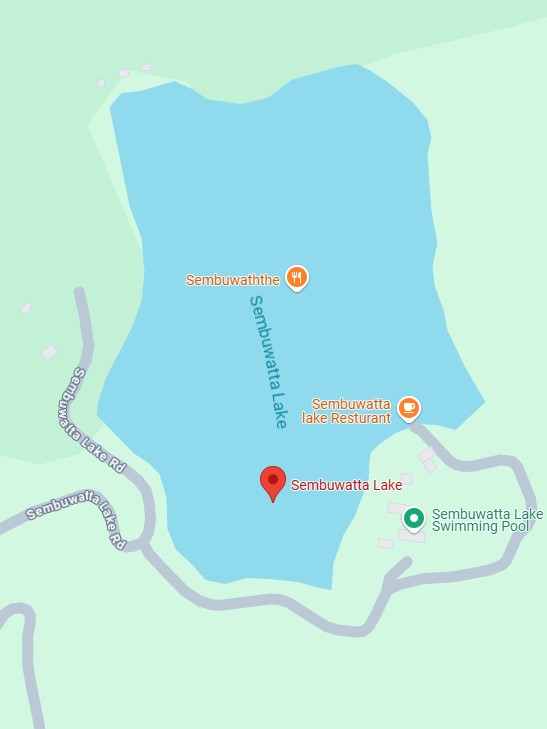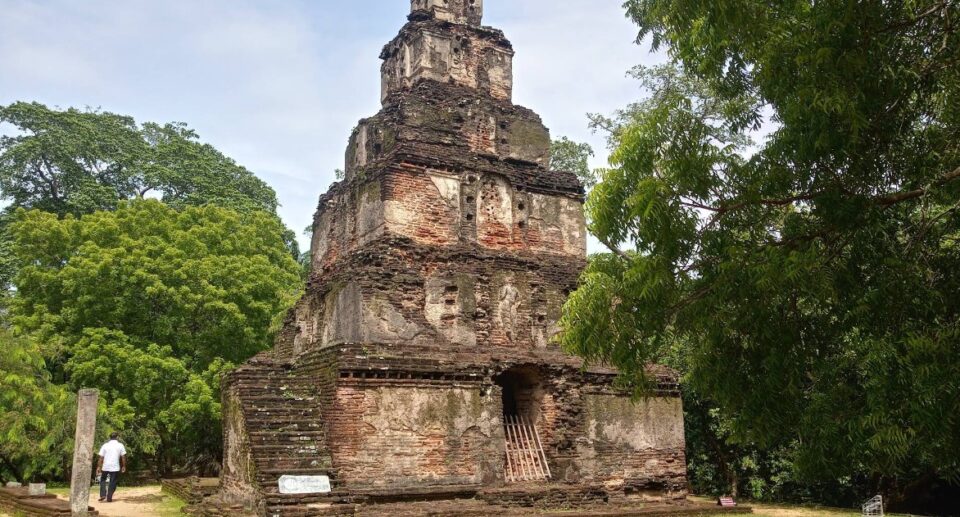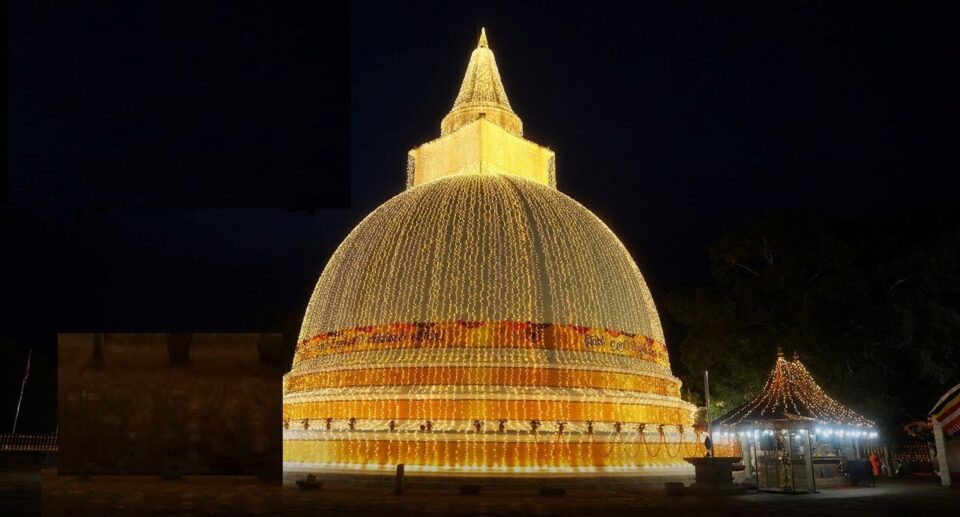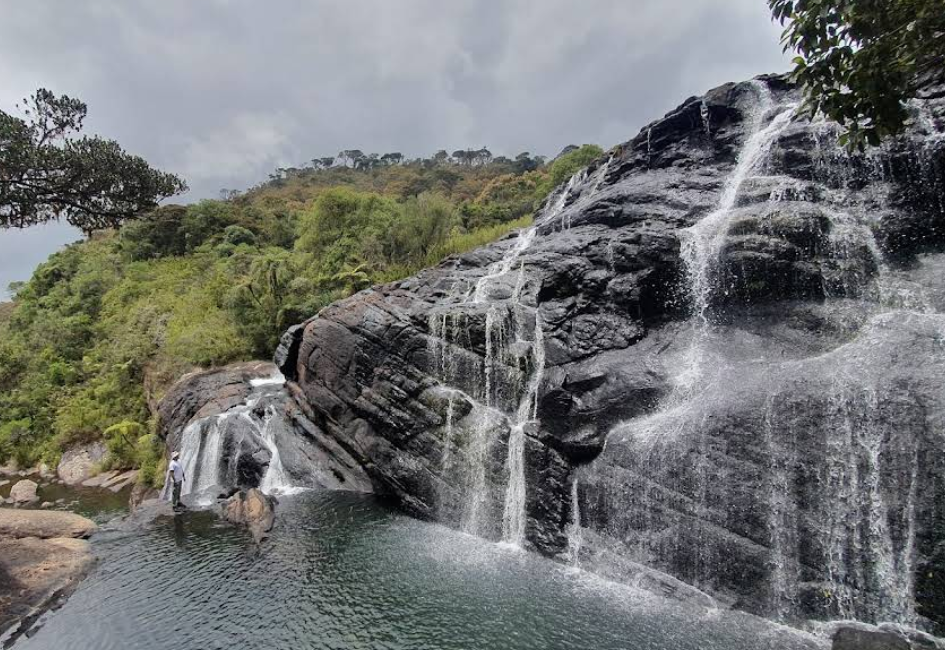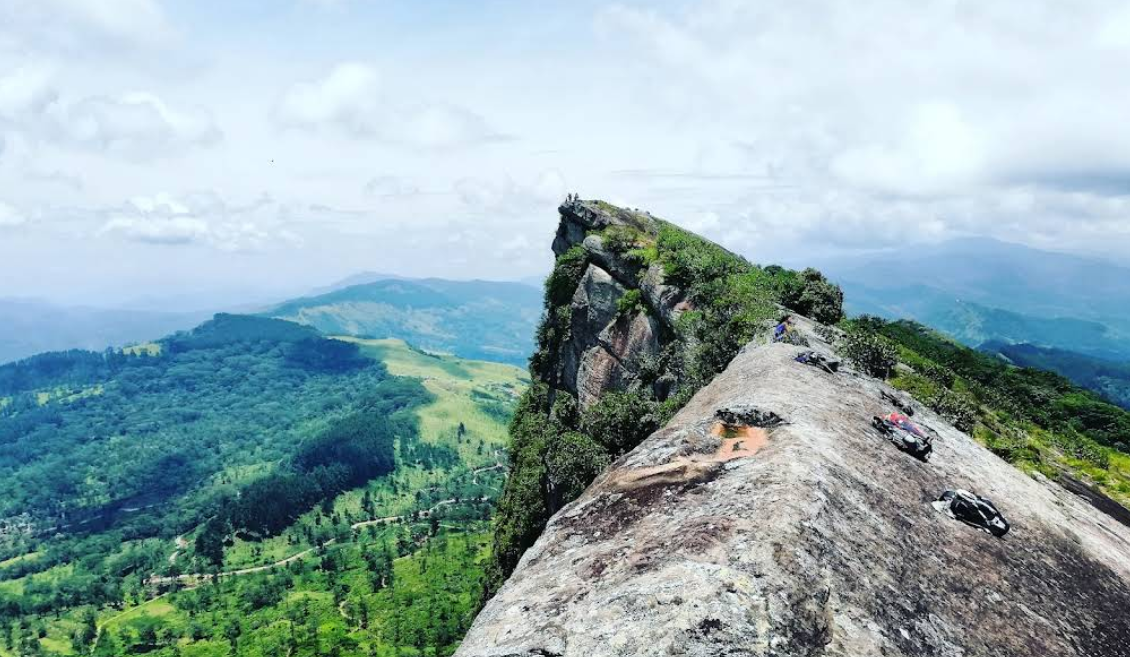Sembuwatta Lake: A Hidden Gem in the Hills of Sri Lanka
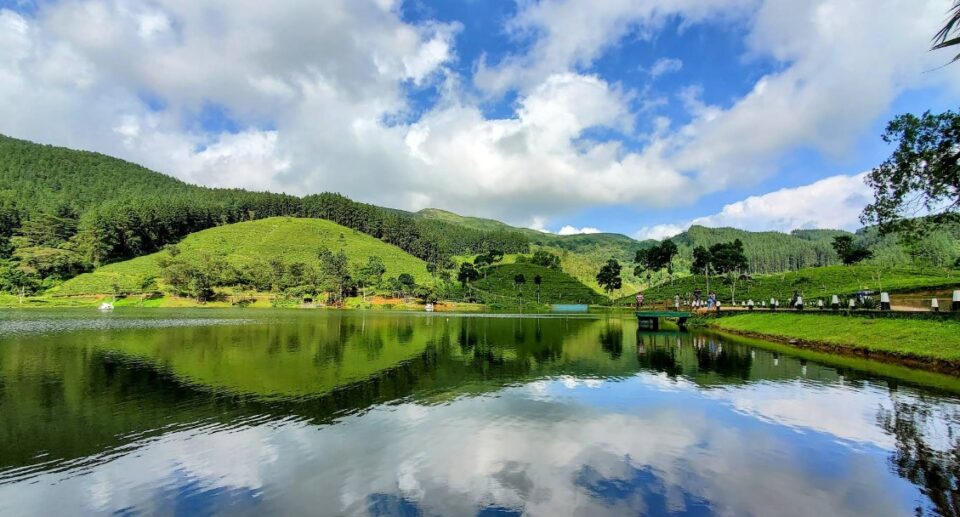
Sri Lanka, the “Pearl of the Indian Ocean,” is a country blessed with diverse landscapes—from sun-kissed beaches and ancient ruins to lush mountains and serene lakes. Among its lesser-known but breathtakingly beautiful natural attractions is Sembuwatta Lake, which is situated in the central highlands near the town of Elkaduwa in the Matale District. Nestled amidst misty mountains, tea estates, and pine forests, Sembuwatta Lake is a serene escape from the city’s noise and pollution. Not just a scenic location, but also a site of ecological, recreational, and cultural importance.
Location and Accessibility
Sembuwatta Lake is located approximately 25 kilometers from Kandy and approximately 15 kilometers from Matale, near the tiny town of Elkaduwa. At an elevation of approximately 1,070 meters (3,510 feet) above sea level, it is part of Sri Lanka’s central hill country.
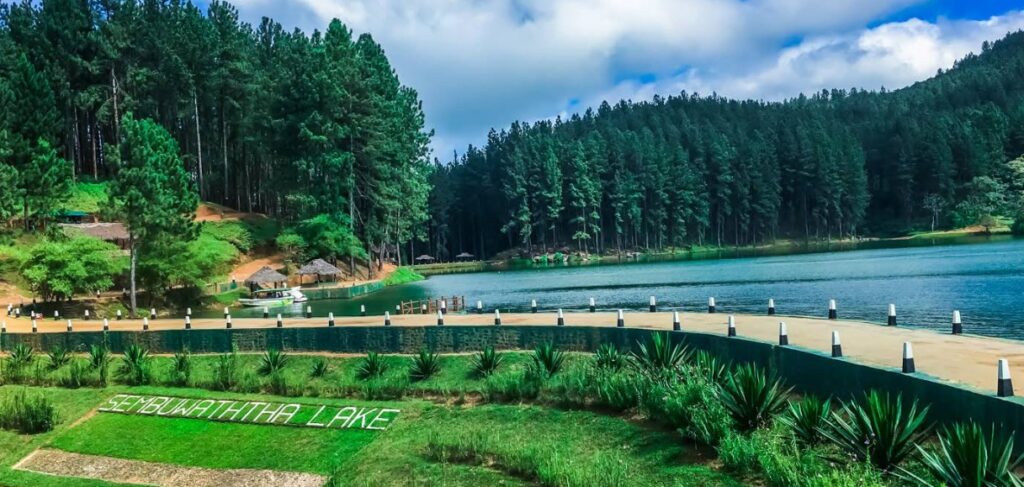
To get to the lake, one must drive on winding hill roads that go through tea estates and forests. Though the final stretch of the road going to the lake might be unpaved and narrow, the drive itself is scenic and rewarding. The lake is open to the public, and there is an entrance fee, which is used for maintenance and conservation.
History and Creation
In contrast to most natural lakes, Sembuwatta is a man-made reservoir lake, believed to have been constructed during the British colonial period. It was created by impounding a natural spring to generate hydroelectric power to run a local tea factory. The lake and its surroundings were, over time, fashioned into a recreation and eco-tourism resort by the Elkaduwa Plantations Company.
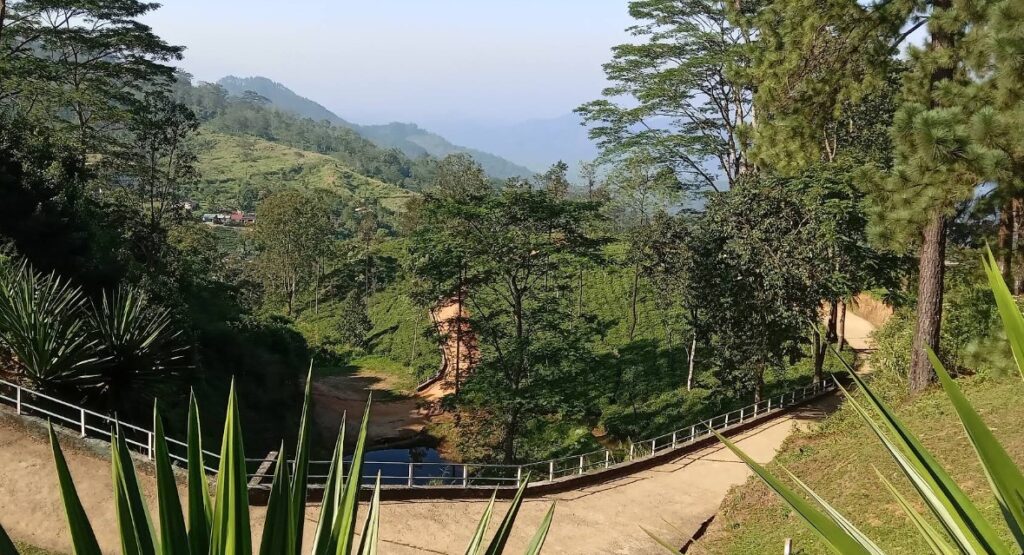
Today, Sembuwatta Lake is a peaceful retreat for local and international visitors alike, offering breathtaking views, cool weather, and a sense of serenity that’s hard to find elsewhere.
Physical Features
The lake spans an area of around 9–10 acres and is surrounded by dense forests of pine, rolling tea estates, and misty hills. It is fed by natural springs, and its waters are clean, clear, and cold year-round.
Next to the main lake is a natural swimming pool, which gets water directly from the spring. While swimming is not permitted in the main lake due to its depth (going up to 30–40 meters), the pool next to it offers a safe zone for visitors to cool off and relax.
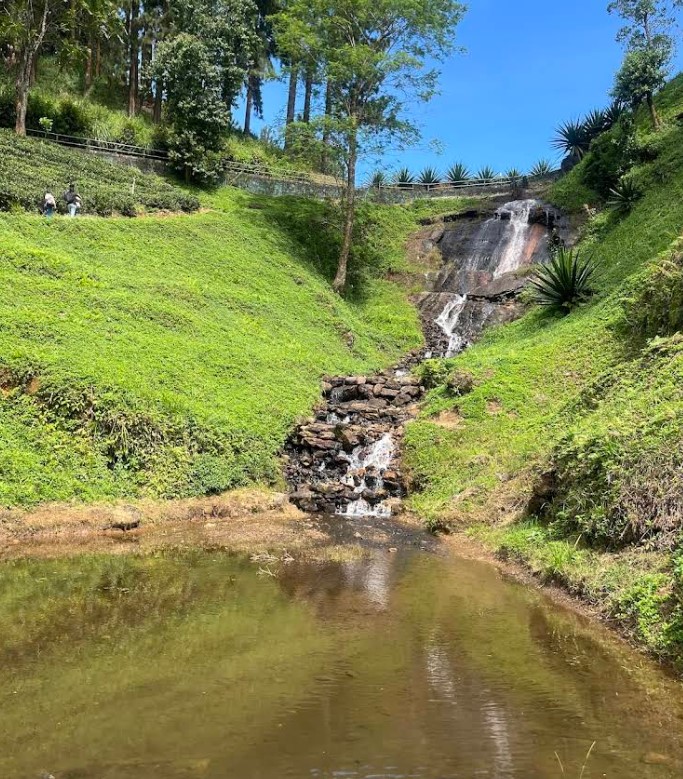
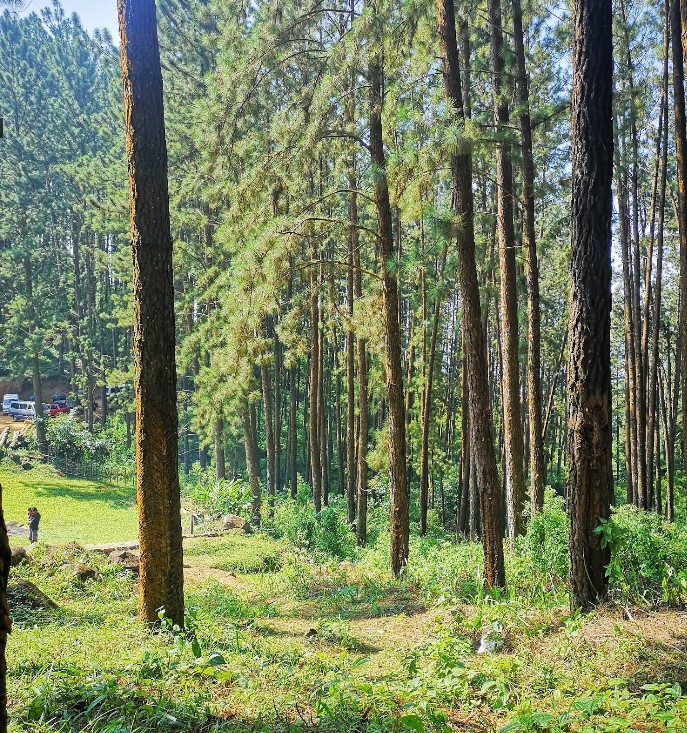
The area also boasts well-maintained walkways, rest huts, and benches that beckon guests to sit, picnic, and absorb the stunning natural surroundings.
Biodiversity and Environment
Sembuwatta is not only a scenic spot but an area with very high biodiversity. The forests around the lake shelter various species of birds, butterflies, and small mammals. The lake contains aquatic life, and the surrounding pine forests provide a very suitable habitat for endemic flora and fauna.
Its clean air, vegetation, and absence of urban sounds make it a haven for nature lovers, photographers, and birdwatchers. A misty ambiance, especially during the mornings and late evenings, envelops the place, providing an otherworldly feel to the environment.
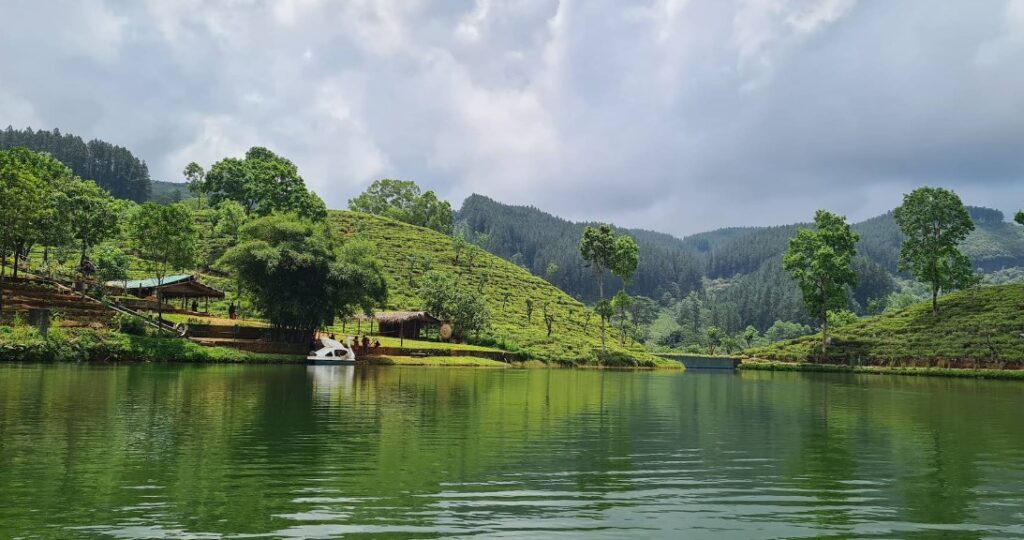
With its high elevation and lower temperatures, Sembuwatta is a good example of Sri Lanka’s montane ecology, which is in stark contrast to the tropical lowlands of the remainder of the island.
Recreational Activities
Sembuwatta Lake is a popular spot for day-trippers, honeymooners, trekkers, and families looking to spend a peaceful day in nature. While not as commercialized as other tourist spots, the location offers some low-impact recreational activities:
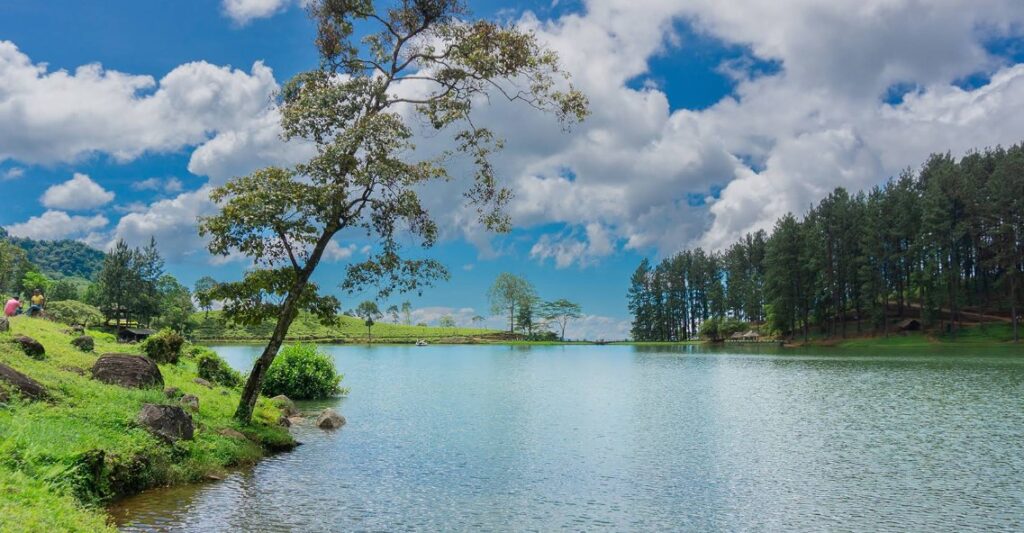
Picnicking: Picnic areas with pavilions and benches are available near the lake.
Photography: Panoramic views, pine forests, and misty hills qualify the location as a photographer’s haven.
Walking and Hiking: Trails in the woods and along the lake provide great walking and leisure hiking.
Boating: Paddle boats can be rented periodically, depending on water levels and safety regulations.
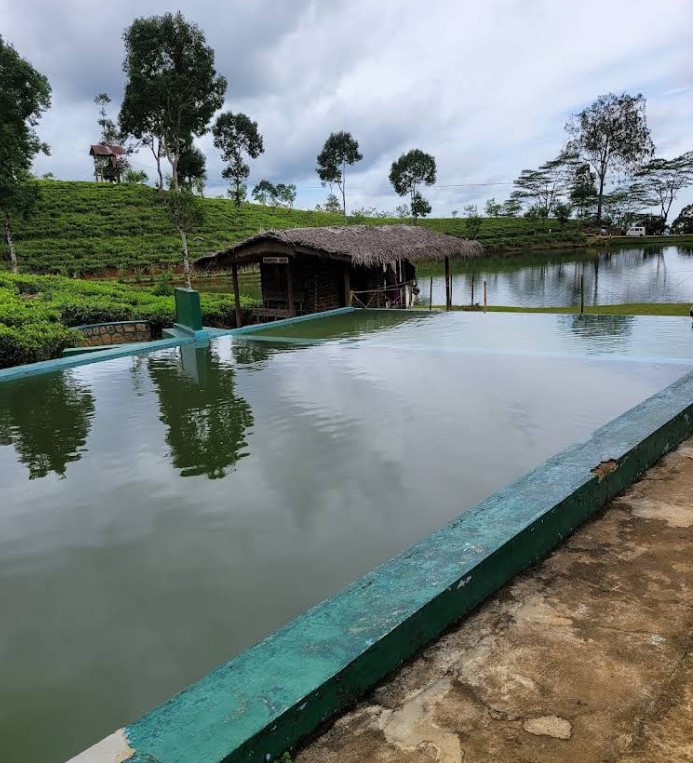
Birdwatching: The serene atmosphere and dense foliage attract several species of birds, especially during early morning.
Cultural and Local Significance
Not being closely associated with religious or mythological traditions, Sembuwatta Lake has significance for the people of the region. It is a regular destination for family outings, school trips, and communal events. The residents take pride in the attraction and many of them are engaged in its maintenance and management, or work as guides and vendors.
The origin of the name of the lake, “Sembuwatta,” is told to be derived from the Sinhala word “Sembu,” which means a vessel or container—a very apt explanation of the lake as a collector and holder of spring water.
Eco-Tourism and Sustainability
One thing to praise about Sembuwatta Lake is that it adheres to eco-tourism. Unlike other tourist spots that have been over-commercialized, Sembuwatta has been kept relatively underdeveloped to preserve its natural beauty.
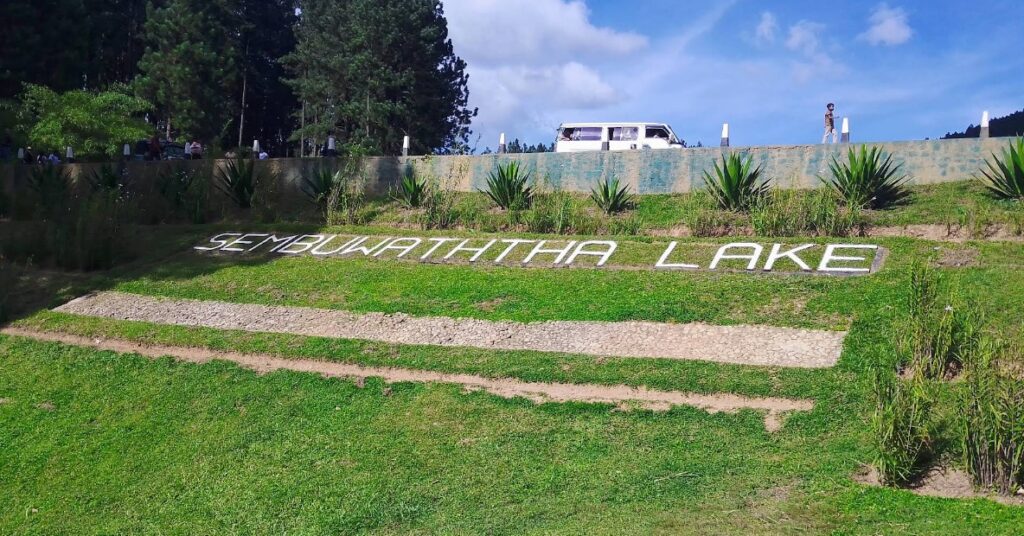
Waste and plastic are strictly controlled, and visitors are asked to take their garbage with them.
The entrance fee subsidizes the expense of maintenance and conservation of the site.
No loud entertainment or large development is allowed, and therefore the atmosphere is peaceful and calm.
This environmentally friendly complex ensures that Sembuwatta is a clean destination for future generations.
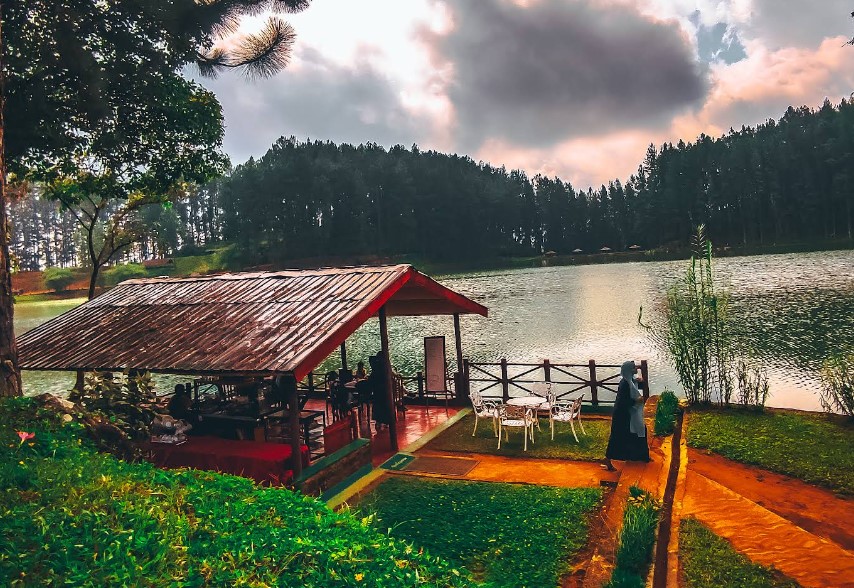
Best Time to Visit
The best time to visit Sembuwatta Lake is between December and April, during the dry season, when there are clearer skies and the road is easier. Nonetheless, the lake is scenic year-round. During monsoon months, forests surrounding the lake are even more lush, but mist and rain will reduce visibility.
Visitor Tips
Wear comfortable shoes and bring a jacket—temperatures can drop unexpectedly.
Bring snacks and water along, but dispose of trash in a responsible manner.
For photography and a serene experience, visit early in the morning or late in the afternoon.
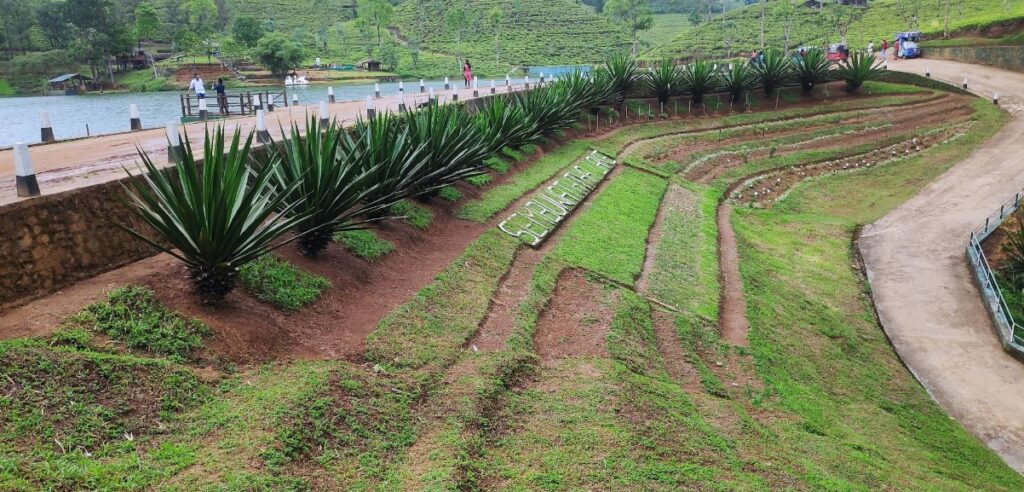
Basic washrooms are available, but there aren’t many shops or restaurants in the vicinity, so plan accordingly.
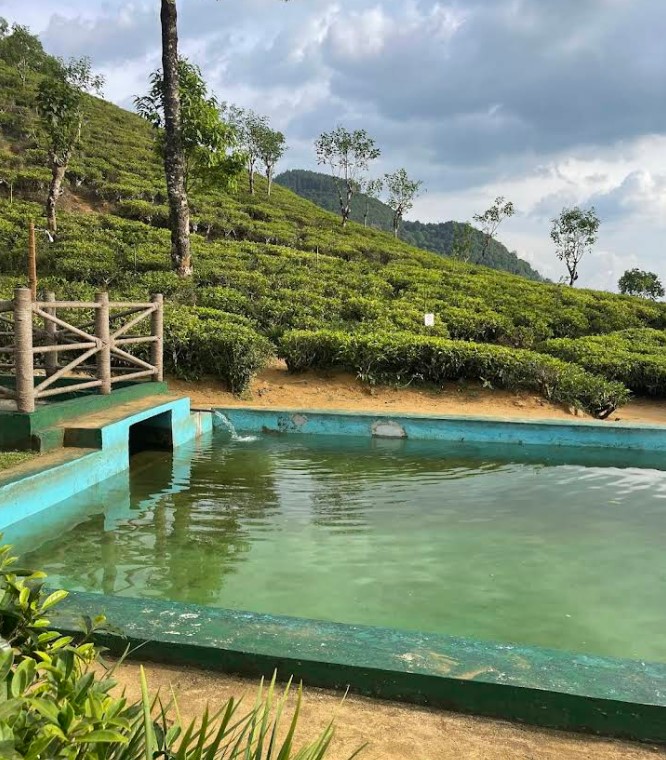
Sembuwatta Lake is one of Sri Lanka’s most well-guarded secrets—a serene getaway in the central highlands. With its crystal clear waters, surrounding pine forests, and unspoiled beauty, it offers a perfect mix of relaxation, adventure, and nature. It serves as an excellent model of how sustainable tourism and conservation of nature could go together, with benefits for visitors and locals to share.
In a world where the natural spaces are increasingly threatened by over-development and pollution, Sembuwatta Lake is a calm, clean, and uplifting haven that reminds us of the simple yet profound joy to be discovered in nature. For photographers, nature lovers, hikers, or anyone who wants to get away from it all and enjoy some peace and tranquility, Sembuwatta offers a little bit of heaven in the heart of Sri Lanka’s hill country.
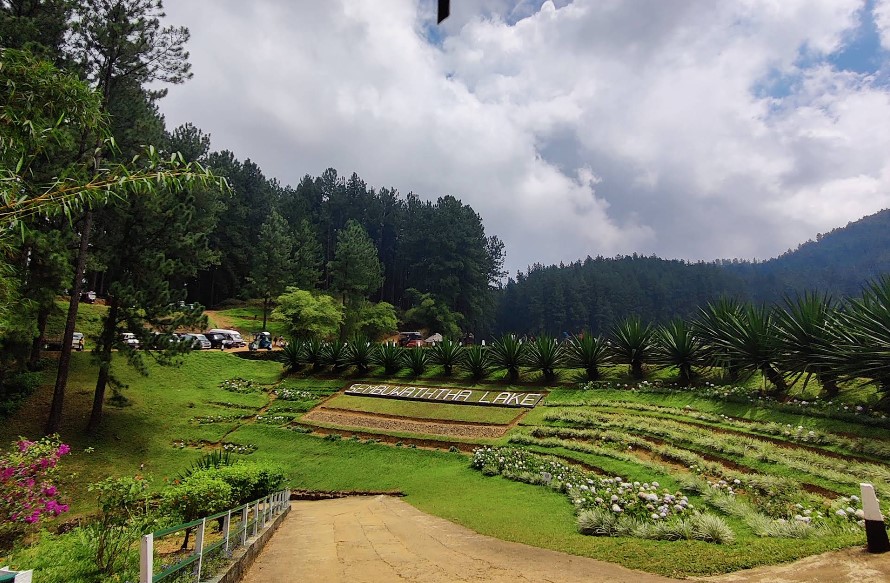
Where Is Sembuwatta Lake?
- Location: Elkaduwa, Matale District, Central Province, Sri Lanka
- Elevation: ~1,070 meters (3,510 feet) above sea level
- Nearby towns: Matale (15 km), Kandy (25 km)
How to Get to Sembuwatta Lake
From Kandy
- Distance: ~25 km
- Travel Time: ~1.5 to 2 hours (depending on road conditions)
- Route: Kandy → Wattegama → Elkaduwa → Sembuwatta Lake
- Best Option: Private car, van, or tuk-tuk

From Matale
- Distance: ~15 km
- Travel Time: ~1 hour
- Route: Matale → Ukuwela → Elkaduwa → Sembuwatta Lake
Public Transport (Limited)
- Take a bus from Kandy or Matale to Wattegama or Ukuwela.
- From there, catch a local bus or tuk-tuk to Elkaduwa.
- The final stretch (3–4 km) may require a tuk-tuk, three-wheeler, or 4×4—especially if roads are muddy.
Important Travel Notes
- The last 3–4 km are steep and narrow mountain roads—a vehicle with good clearance is recommended.
- Entry fees apply (LKR 250–500 for locals; slightly more for foreigners).
- Roads may be slippery or rough during the rainy season.
What to Bring
- Light jacket (it’s cool at high elevation)
- Comfortable walking shoes
- Water and snacks
- Camera and binoculars (great views and birdwatching)
